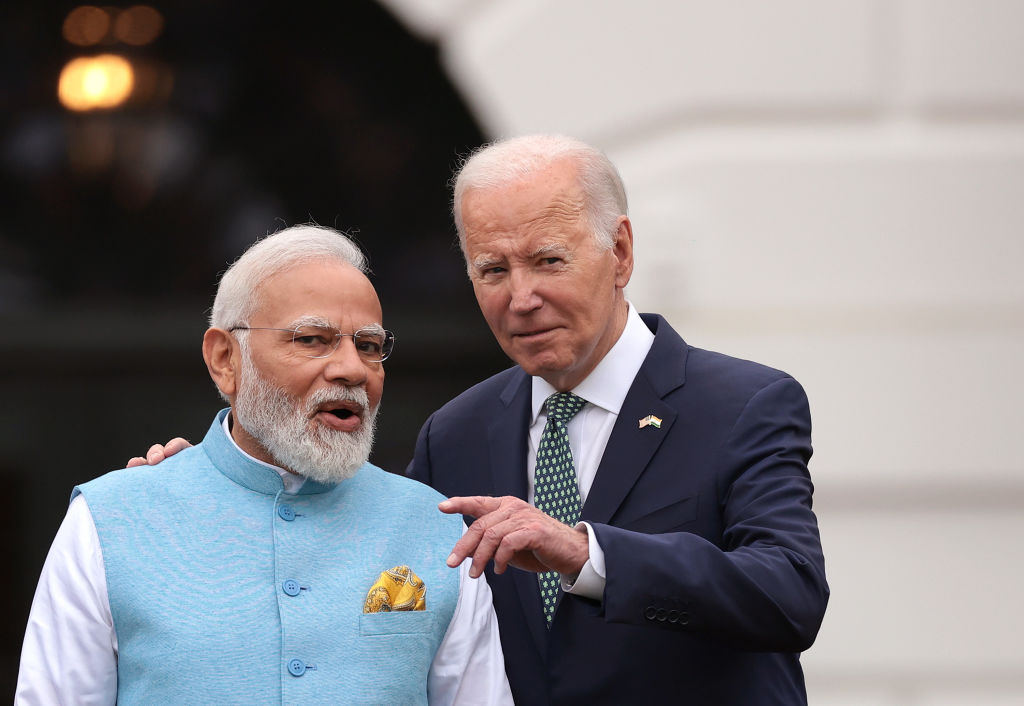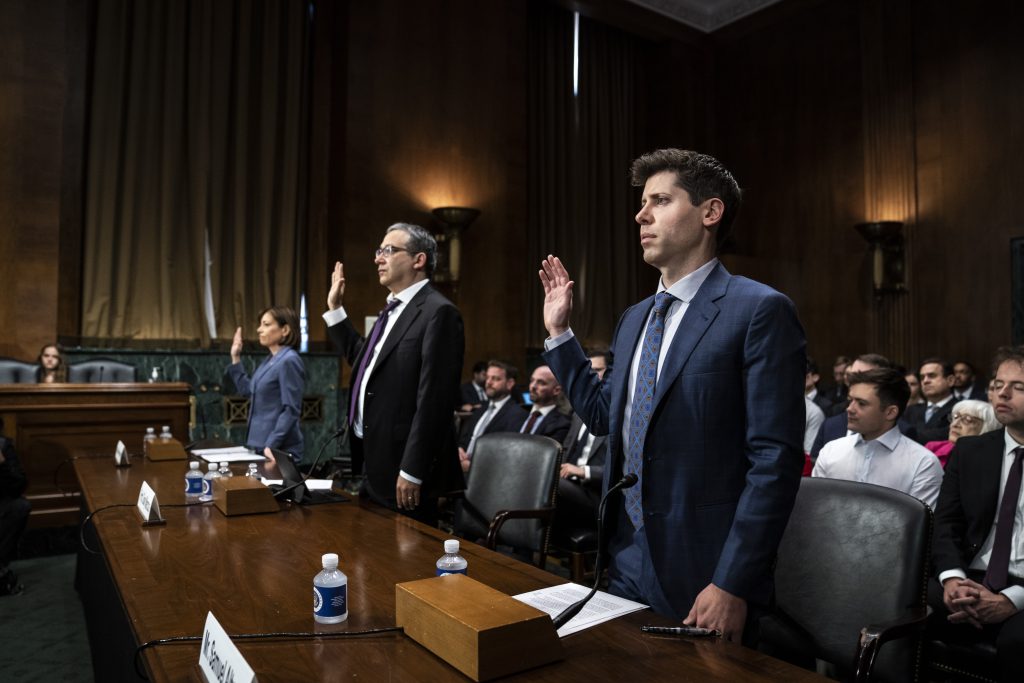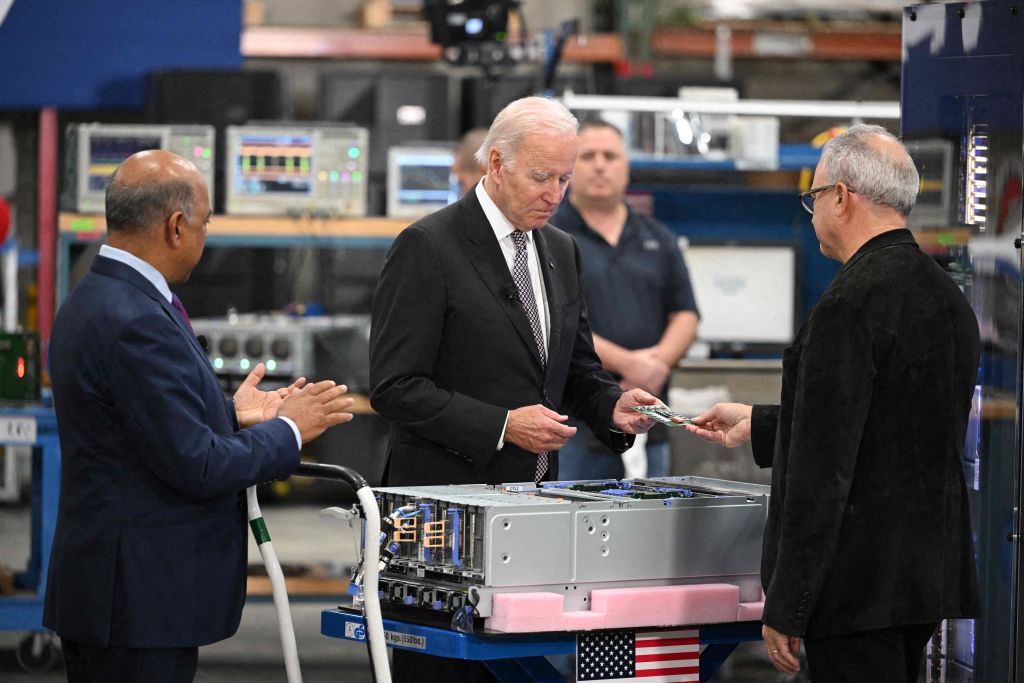
Kim Beazley was appointed as Minister for Defence on 13 December 1984. He oversaw a revolution in Australian defence, as profoundly important in shaping the nation as were the economic reforms of the time. His enduring legacy is the idea of self-reliance in the defence of Australia. The 1987 Defence White Paper that Beazley delivered, taken together with the 1986 Review that he commissioned (prepared by Paul Dibb), stand—like Newton’s Principia—as the foundational model for defending Australia.
Beazley acknowledges humbly that he benefited from the work of others, including Dibb, and academics such as Tom Millar, Hedley Bull, Bob O’Neill, Coral Bell, Des Ball, and Ross Babbage. This credit is well due. However, only an actively engaged minister, intellectually as well as politically committed to the task, could have brought forth such a revolution at the time in thought and practice.
Australian defence strategy during the 1950s and 1960s had been framed around forward defence. At the time, Australia was a strategic backwater, where no questions of geopolitical significance were going to be settled militarily, or otherwise. The establishment of the joint facilities at North West Cape, Nurrungar, and Pine Gap, over the period 1963-69, did nothing to change this. Their profound implications for Australia’s defence, and its alliance with the United States, were not crystallised until the 1980s. Again, Beazley played the pivotal role, something to be examined at another time.
Australia received a number of strategic shocks in the late 1960s. First, the United Kingdom announced in July 1967 that it was withdrawing from ‘East of Suez’. Then, more significantly, Richard Nixon announced in July 1969 what became known as the ‘Guam Doctrine’. In Asia, allies of the United States would be expected to take up the principal burden of defending themselves, with minimal US support, unless they were threatened by nuclear-armed adversaries, and where the United States had applicable alliance commitments or interests which would warrant direct combat involvement.
Policy thinking within the Department of Defence had already started to shift in the direction of self-reliant defence. (Stephan Fruehling’s research on this quiet shift is the benchmark.) However, it was the Guam Doctrine and the commencement under Nixon of the long US withdrawal from Vietnam that tolled the bell for forward defence. The Fraser Government announced self-reliant defence as policy in the 1976 Defence White Paper, without however changing military strategy, or force structure priorities.
This is the situation that Beazley inherited in 1984. In the face of the Department of Defence and the three services—the army, navy and air force—not being able to agree on what the ‘defence of Australia’ actually meant in terms of military strategy, force structure, and funding, Beazley commissioned Dibb in February 1985 to examine Australia’s defence capabilities. Dibb was able to draw upon the groundbreaking work of the Strategic Defence Studies Centre at the Australian National University—one of the most consequential contributions to policy by the Australian academy.
Based on Dibb’s 1986 Review, the 1987 White Paper established the self-reliant defence of Australia as the organising principle of our defence strategy. Given the prevailing strategic environment, it concluded that the ability to deal with ‘low level’ and ‘escalated low level’ threats, which could be mounted with little warning, would drive decisions on force structure.
The 1987 White Paper did not exclude the possibility of Australia’s having in future to contend with the possibility of more substantial conflict. Australia could prepare for such a contingency by means of ‘strategic warning time’. It could use time effectively to expand the force to meet a growing threat. It was judged that the Soviet Union would not likely mount a conventional attack on Australia (but would target Australia during a strategic nuclear exchange), and that regional powers would require at least a decade to develop the capabilities which would be needed to mount a substantial attack. During that time, Australia would be able to expand its force in anticipation.
Self-reliant defence did not mean armed neutrality or isolationism. The alliance with the United States retained its salience in Australian grand strategy, but the 1987 White Paper declared that Australia would not seek, or expect, unrealistic—and therefore non-credible—levels of commitment to the defence of Australia by US combat forces, save for the protection afforded by US nuclear weapons through extended deterrence. Further, Australia would contribute to US security, and global stability, by way of hosting the joint facilities. Self-reliant defence and the Australia-US alliance cohered in this model.
The 1987 White Paper expounded the ‘law’ of defence in depth, which meant, crucially, denial of access by an adversary through the sea-air approaches to Australia. This ‘law’ functioned as the overriding discipline on the development of the force. This approach turned into a strength the vast expanse of northern Australia, the extensive sea-air surrounds of the continent, and the archipelagic arc that extends from Sumatra to Fiji, a strategic barrier through which any adversary would have to project force against Australia, creating defensively advantageous choke points and operating areas.
Two decades later, the 2009 Defence White Paper sought to apply and update this model in light of China’s strategic and military rise. From around 2006, worrying disturbances had begun to be discerned in Australia’s strategic environment, of the kind that would warrant consideration of force expansion. At the same time, the United States, concerned about China’s growing military heft, was formulating military strategies in response, such as Air Sea Battle.
The 2009 White Paper was a systematic attempt by the Rudd Government to tackle the following strategic problem: the warning clock had started to tick; Australia might in future face the prospect of being in armed conflict with a major power; consequentially, a larger force would need to be built over time as a hedge. The maritime-focused ‘Force 2030’ was the result (note the choice of year). Force 2030 was to be the initial base upon which force expansion could further occur, as judged necessary over the 2010s and beyond.
Careful and deliberate consideration was given to the military strategic implications of ‘more substantial conflict’, to use the 1987 formula. The 2009 White Paper directed that an enlarged ‘primary operating environment’ for the ADF be adopted, expanded further north and west, in order to more effectively seek to deny access through the sea-air approaches against a major power adversary. Force projection as far forward as maritime Southeast Asia was contemplated, an evolution of the 1987 model—not its repudiation.
The 2009 White Paper stands in the arc of Australian defence strategy as the road not taken, when we still had time. A further 15 years on, Australia today has to contend with the very prospect of ‘more substantial conflict’ that was contemplated theoretically in the 1987 White Paper, and considered specifically in the 2009 White Paper.

Over this time, the Indo-Pacific strategic order has been transformed. US primacy is being challenged. China has accelerated its military expansion (including of its strategic nuclear forces). It has become more assertive and coercive in its behaviour, while still calibrating its actions so as to avoid, for the foreseeable future, direct military confrontation. Its partnership with Russia is becoming effectively a military alliance, creating the possibility, should it come to a clash, of a two-front war. China appears to have decided to be ready to use force to achieve its strategic aims, perhaps from 2027.
An examination is required of the strength of China’s resolve to go to war, as well as the respective perceptions of China and the United States of each other’s resolve to wage war against the other. There is no more strategic question. For strategic planning purposes, we should assign a 10 percent probability to the likelihood of major war in our region in the 2020s. This could arise from coercion and assertiveness on China’s part, which could raise the risk of misadventure, and which could in turn lead to conflict. Or war might come more deliberately, a function of Beijing’s calculus of victory.
While Australia would retain always a sovereign right to determine its interests in the light of prevailing circumstances, it is likely that we would be a combatant in any such war. China would not be in doubt as to our geostrategic utility to the United States. Of course, there would be the issue of ANZUS treaty obligations, and the reality of the deep strategic integration that now exists between Australia and the United States, formed through the joint facilities, and more recent Australia-US ‘force posture’ initiatives.
Australia’s security dilemma is now acute. Force expansion should have occurred over the past 15 years, as warning time counted down. Instead, the force remains configured for what was termed 40 years ago ‘escalated low level conflict’—when defence spending as a fraction of GDP was 2.5 percent, as compared with 2 percent, a difference of around $13 billion, in 2024-25. While the defence-GDP ratio is not in itself a planning tool, it is a valuable aid for analysis—a shorthand for the structural funding of defence, which can be tracked across time. In order to have built the force that we would now need for ‘more substantial conflict’, defence spending over the past 15 years should have been lifted steadily to at least 3% of GDP. We spent more at times during the Cold War, without being seriously threatened by major conventional attack.
There are, of course, competing demands on the budget which have to be balanced responsibly. The difference with other areas of spending is that structural underfunding in defence could one day lead to military defeat, and national peril as a result. Defence spending as a proportion of GDP should be increased quickly to at least 3%. This is a broad estimate of what it would take to address capability deficiencies that would be exposed in high-end combat with a major adversary. This increase in funding would be fiscally daunting, and would challenge Defence and industry, both of whose capacity to deliver would have to be dramatically enhanced in very short order.
Faced with the credible prospect of the jaws of war leaping violently at us during this decade, we are going to need a bigger force. Without this, Australia would be hard pressed to defend itself in a major war without a substantial degree of force augmentation from the United States in a number of areas of capability deficiency. So much for defence self-reliance. Recent policy directions, in the form of the 2020 Defence Strategic Update, and the 2024 National Defence Strategy, the latter being informed by the 2023 Defence Strategic Review (the most comprehensive examination of defence since the 1986 Review), have recognised this. Remediation is underway. How quickly or effectively is something for another day. Nations go to war with the force that they have, rather than the one that they need. We now have to make do with what we have, and what we can quickly build. How we got to this position of looming peril is not a useful question, for now. History will render that judgement.
Defending against a major power adversary would still require a strategy of defence in depth, and the denial of access in the sea-air approaches. Being prepared to operate forward of the archipelagic shield, along a north-south axis in maritime Southeast Asia, and in the Central Pacific (for instance, in the Guam-Bismarck Sea corridor), would represent a further evolution of the 1987 model, not a repudiation. Similarly, being prepared to operate along an extended east-west axis in the Pacific and Indian Oceans as part of a coordinated sea lane protection effort would be in keeping with the 1987 model, which indeed anticipated such operations.
New technologies and methods are of course today evident, not least in relation to cyber- attacks, technology-enabled cognitive warfare, space warfare, and advanced forms of strike weapons such as long-range hypersonic missiles. While complexity has increased and, in some cases, proximity is not always as critical, the geography of warfare has not been fundamentally altered. While the evolving interplay of technology, the character and logic of war, and the saliency of geography is a larger issue, and would require a more detailed exposition, the 1987 model still applies, even though engagement distances have increased, ‘kill chains’ have become more complicated, and the cyber and space domains have overcome some geographical constraints.
In the absence of being able to conjure instantly into being an expanded force, there are measures that we could take immediately which would allow us to make best use of operational warning time (such warning time is measured not in years, but in months). Here is an initial outline, not listed exhaustively nor in any detail:
- The National Security Committee (NSC) should commission from the Secretaries Committee on National Security a periodic strategical appreciation of the prospect of major power conflict in the Indo-Pacific, to be prepared by a dedicated national security planning staff, which would cover indicators and warning signs; possible conflict triggers and pathways to war; the likely shape of such a war, by phases (conflict initiation, duration, and termination); and possible courses of hostile action against Australia (in the cyber, cognitive and kinetic domains).
- Operational plans should be reviewed by the NSC, with the minister for defence leading on military defence, and the minister for home affairs on civil preparedness and national mobilisation. A new War Book should be prepared on the latter, covering, for instance, disruption of critical infrastructure and essential services, and cognitive warfare on national will and morale.
- Australian-US operational planning should be overseen by the minister for defence and the US secretary of defense, under the auspices of AUSMIN, as political authority for such planning matters, with a view to ensuring that plans for the defence of Australia cohere with broader US operational planning. Consideration should be given to expanding such planning in due course, in the first instance through staff-level discussions with Japan, South Korea, the Philippines, Canada, New Zealand and possibly others.
- The Australian Military Theatre should be formally established, led by an Australian allied force commander and based on clear boundaries, with flexible provision being made at the edges for selective forward force projection by the ADF in maritime Southeast Asia and the Central Pacific. A sea lane protection strategy should be developed, in accordance with the principles set out in the Radford/Collins agreement of 1951 (which should be urgently reviewed and updated).
- The government should assure itself that the ADF could rapidly mount sustained around-the-clock operations in relation to the following key tasks in the Australian Military Theatre, and beyond as required:
- situational awareness covering the sea-air approaches, the eastern Indian Ocean, maritime Southeast Asia, the Central Pacific, and the South Pacific, as well as relevant sea lanes, and offshore and undersea infrastructure;
- sea denial (especially anti-submarine warfare) and sea lane protection;
- air superiority and air defence, especially against long-range air threats;
- strategic strike, especially for the purpose of denying sea-air access;
- land operations, especially in remote northern Australia, with a view to defeating raiding forces, and in the littoral environment; and
- key installation protection, including ports, airfields, and offshore and undersea.
- Capability areas that would require urgent remedial effort, such as missile defence and possibly naval mine warfare, should be addressed, with a view to accepting force augmentation from the United States (as might be available), until such time as self-reliant solutions could be implemented.
- Plans to rapidly activate ADF bases should be reviewed, especially in relation to the line of airbases that runs through Cocos (Keeling), Curtin, Tindal, Scherger and Townsville. Plans for base hardening and dispersal of the entire ADF should be similarly reviewed.
- Mobilisation plans should be reviewed, covering logistics, war stocks, maintenance and sustainment (fuel supplies require particularly close attention). Rapid production and restocking agreements should be put in place, either with Australian firms, or as required within the context of allied supply chain and defence production arrangements.
- A national cyber defence shield to protect critical infrastructure and essential services should be activated, based on real-time threat sharing, public-private cyber defence arrangements, and pre-agreed plans for the Australian Signals Directorate to lawfully act as required to defend the most crucial systems.
These and other efforts could be undertaken soberly and responsibly, without undue alarm being caused. Given the state of the world, a well-informed public would understand their necessity. These measures would be precautionary and defensive. At the same time, statecraft that is designed to reduce tensions and secure peace should, of course, continue to be pursued.

As Beazley would appreciate, there are many ironies to be found in this 40-year arc of policy. The United States avoided deep engagement in Australia’s defence in the 1950s and 1960s, when we sought its protection. Today, the strategic backwater of Australia has become a bastion for a US military strategy of denial. In the event that Australia and the United States were to decide to act together to meet the common danger of armed attack in the Pacific area, our forces would effectively constitute an integrated order-of- battle. The successful defence of Australia would for us be an existential act in our national interest. It would at the same time be a vital strategic objective for the United States, as a matter of its own hard interests.
Despite having opted for self-reliant defence in the 1980s, in a major war Australia would find itself having to rely to an uncomfortably significant degree on US force augmentation. This is the price of not building the force that we needed as the warning signs flashed, when we still had time to do so. Today’s force could well handle low level conflict. To that extent, the logic of the 1987 model holds true. A cold comfort, as no such conflict is in prospect.
Ironies aside, Beazley also has a keen sense of the tragic in world history. He is a strategic pessimist, seeing the world as it is. This includes an appreciation that there is an even darker possibility. If a well-armed major power, unchecked by the United States, were to decide that access to our resources or land, or both, would be in its interests, and that Australia would be useful to it in other ways, we would not necessarily have the strategic, economic, demographic and military means to preserve our sovereignty or stave off national subjugation. How we would defend ourselves were US primacy to fade gradually, or shatter suddenly, and how much military heft would Australia require in such a world? Beazley’s Principia would be the starting point for arriving at an answer, but perhaps we would need an Einstein to build on the Newtonian model, as Australia grappled with a completely different, and more hostile, power relativity.
No amount of astute diplomacy, skilful statecraft, or the building of regional architectures would offset the strategic shock and adverse ramifications of a world where US primacy was a memory, like that of British naval mastery and strategic preponderance in the nineteenth-century.
Beazley gave us the conceptual tools with which to formulate, and reformulate, Australian defence strategy. As in physics, so it is in defence—concepts have a long arc, and models are bequeathed for future use, and refinement. Beazley is modest, and so he will probably be embarrassed by this praise, but to adapt Alexander Pope on Newton:
The laws of defending Australia lay hid in night; God said, ‘let Beazley be’, and all was light.
In these darkening days, thankfully we have that light.












